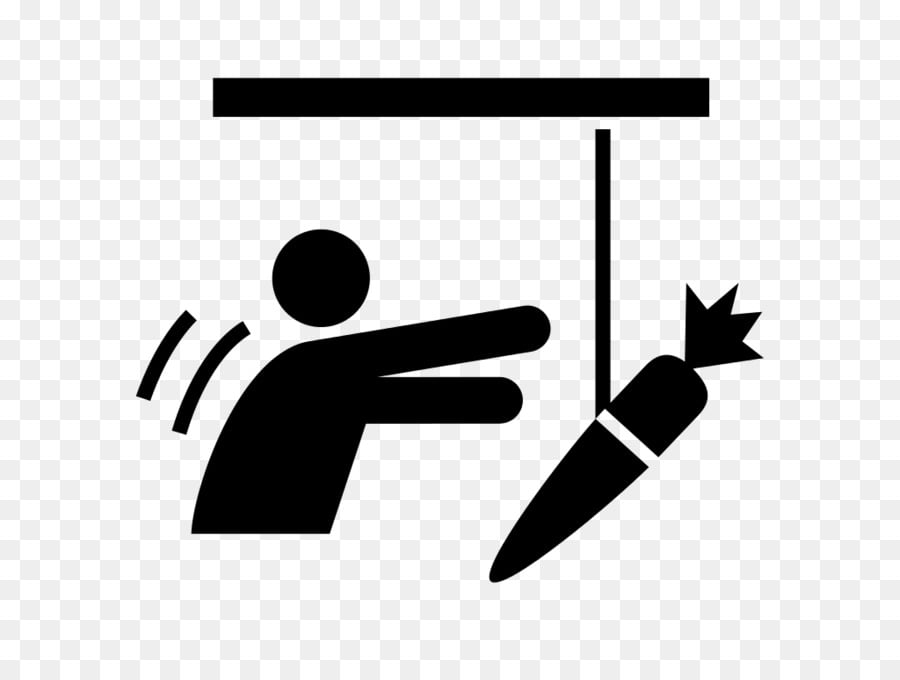Strategic Cost Reduction: Streamlining Operations
In today's competitive business landscape, finding ways to reduce costs while maintaining efficiency is crucial for long-term success. Strategic cost reduction is a powerful tool that allows organizations to streamline their operations, optimize resources, and ultimately increase profitability. By implementing effective strategies, businesses can achieve significant cost savings without sacrificing quality or customer satisfaction. In this article, we will explore various techniques and approaches to strategic cost reduction, providing practical examples and expert advice.
-
Conduct a thorough cost analysis: Before embarking on any cost reduction initiatives, it is essential to have a clear understanding of your organization's current cost structure. Identify and categorize all expenses, ensuring that you leave no stone unturned. This analysis will help you pinpoint areas where cost reductions can be achieved.
-
Identify non-value-added activities: Non-value-added activities refer to tasks or processes that do not contribute directly to the creation of value for the customer. By identifying and eliminating these activities, businesses can reduce costs while improving efficiency. For example, a manufacturing company may discover that certain quality control procedures are redundant and can be streamlined without compromising product quality.
-
Embrace technology: Technology plays a pivotal role in streamlining operations and reducing costs. Automation, for instance, can eliminate manual tasks, reduce errors, and enhance productivity. By investing in the right technology solutions, businesses can achieve significant cost savings in the long run. 🤖
-
Optimize the supply chain: The supply chain is a critical area where cost reduction opportunities often exist. By working closely with suppliers, negotiating favorable contracts, and implementing just-in-time inventory management, businesses can lower procurement costs and minimize inventory holding expenses. 🚚
-
Implement lean principles: Lean principles, derived from the Toyota Production System, focus on reducing waste and increasing operational efficiency. By identifying and eliminating various forms of waste, such as excess inventory, overproduction, and unnecessary motion, businesses can realize substantial cost savings. 🚶♂️
-
Encourage employee involvement: Employees are a valuable resource when it comes to identifying cost reduction opportunities. By fostering a culture of continuous improvement and involving employees in the decision-making process, businesses can tap into their expertise and innovative ideas. For example, a retail company may incentivize its employees to suggest ways to reduce energy consumption and subsequently lower electricity costs.
-
Centralize and standardize processes: Standardizing processes across departments and locations can help drive efficiency and reduce costs. By streamlining workflows, eliminating redundancies, and adopting best practices, businesses can minimize errors, reduce training expenses, and enhance overall productivity. 📋
-
Outsource non-core activities: Outsourcing non-core activities can be a cost-effective strategy, especially for small businesses. By partnering with specialized service providers, businesses can access expertise, reduce overhead costs, and focus on their core competencies. For instance, a software development company may outsource its accounting and administrative functions to a third-party service provider.
-
Emphasize preventative maintenance: Neglecting maintenance can lead to costly breakdowns and repairs. By implementing a proactive maintenance strategy, businesses can prevent unexpected downtime, extend the lifespan of equipment, and save on repair costs. For example, a fleet management company can schedule regular maintenance for its vehicles to avoid costly breakdowns on the road.
-
Negotiate contracts and pricing: Building strong relationships with suppliers and negotiating favorable contracts can result in significant cost savings. By leveraging your buying power and exploring alternative suppliers, businesses can secure better pricing, volume discounts, and improved payment terms. 💰
-
Analyze energy consumption: Energy costs can be a substantial expense for businesses. By analyzing energy consumption patterns, implementing energy-efficient measures, and investing in renewable energy sources, businesses can reduce their carbon footprint and lower energy bills. For instance, a hotel chain may install energy-saving lighting systems and implement guest room occupancy sensors to reduce electricity usage.
-
Optimize employee scheduling: Proper employee scheduling can help align labor costs with customer demand. By analyzing historical data, forecasting future demand, and utilizing scheduling software, businesses can avoid overstaffing during slow periods and minimize overtime expenses during peak times. ⌚
-
Implement cost control measures: Establishing a robust cost control system is crucial for ongoing cost reduction efforts. Regular monitoring, budgeting, and variance analysis can help identify cost overruns and enable timely corrective action. For example, a restaurant may closely monitor food costs, track inventory usage, and analyze sales data to identify any inefficiencies.
-
Foster a culture of cost consciousness: Cost reduction should be ingrained within the organizational culture. By incentivizing cost-saving initiatives, recognizing employees' contributions, and encouraging open communication about cost-saving ideas, businesses can ensure that cost reduction becomes a shared responsibility throughout the organization. 💡
-
Continuously evaluate and adapt: Cost reduction is an ongoing process that requires regular evaluation and adaptation. As your business evolves, new cost-saving opportunities may arise. By staying vigilant, embracing change, and consistently seeking ways to optimize operations, businesses can maintain a competitive edge and achieve long-term success. 🔄
In conclusion, strategic cost reduction is a powerful tool that enables businesses to streamline operations and increase profitability. By implementing techniques such as cost analysis, process optimization, technological advancements, and supply chain management, businesses can achieve significant cost savings without compromising quality or customer satisfaction. Embracing a culture of continuous improvement and involving employees in cost-saving initiatives can lead to innovative ideas and foster a sense of ownership. Remember, cost reduction is an ongoing process, and staying proactive in identifying and implementing cost-saving measures will ensure your business remains competitive in today's challenging market. What cost reduction strategies have you found most effective in your own business? We would love to hear your thoughts and experiences! 🤔💡




